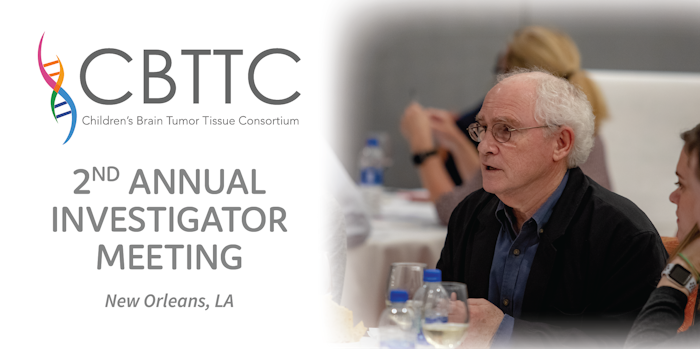Harmonizing Bio-informatics with Clinical Reality

Summary
In many pediatric CNS malignancies, no effective therapy has been found in many decades, including diffuse intrinsic pontineglioma (DIPG), high-risk medulloblastoma, and high grade glioma. However, very encouraging discovery in genomic profiling and sub-group identification has come about, with rapid new data in an increasingly fast pace. New findings concerning epigenetic regulation of altered somatic alterations and abnormal pathways have revealed how complex a landscape cancer in children really is, and how many potential therapeutic targets truly exist. How to link the molecular underpinnings of these tumors with effective therapeutics, in rare patient populations, in an environment of low funding for clinical research and a lack of pharmaceutical/biotechnology “partners” represents a challenge for clinical researchers. More integration of biological discover with clinical research is needed, as well as a recognition that resources are inadequate to test novel, exciting new hypotheses. Funding, translation, and team science are clearly needed, now more than ever, to bring new therapeutics to the clinic.